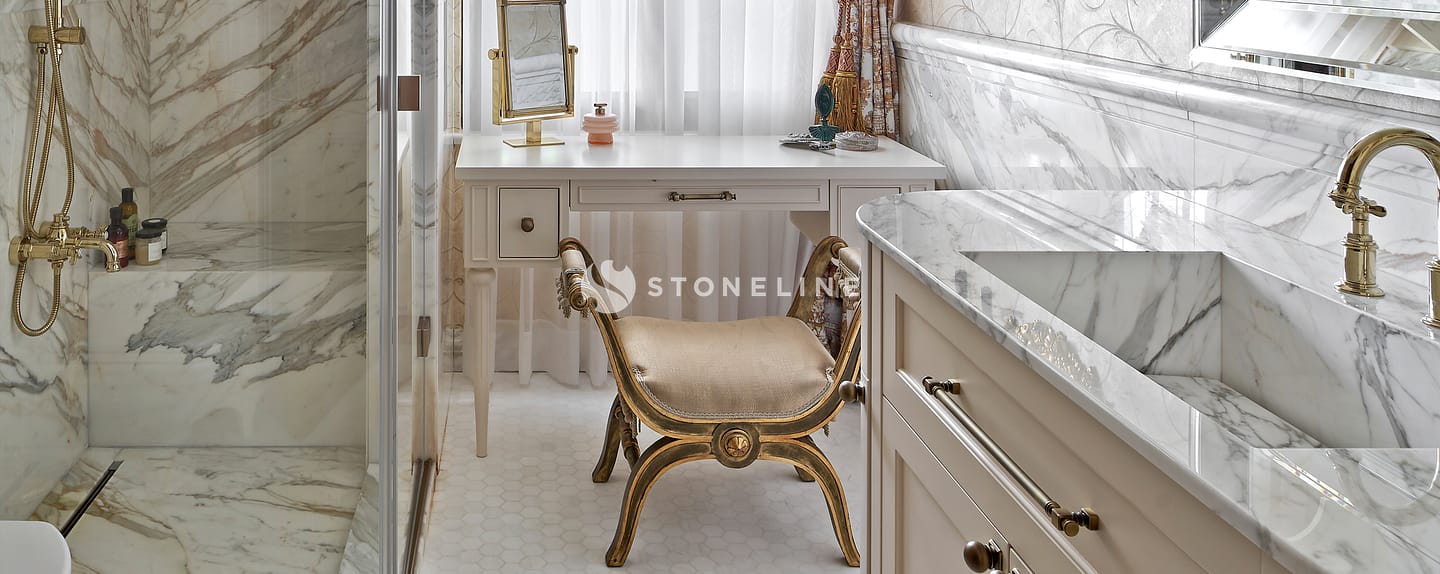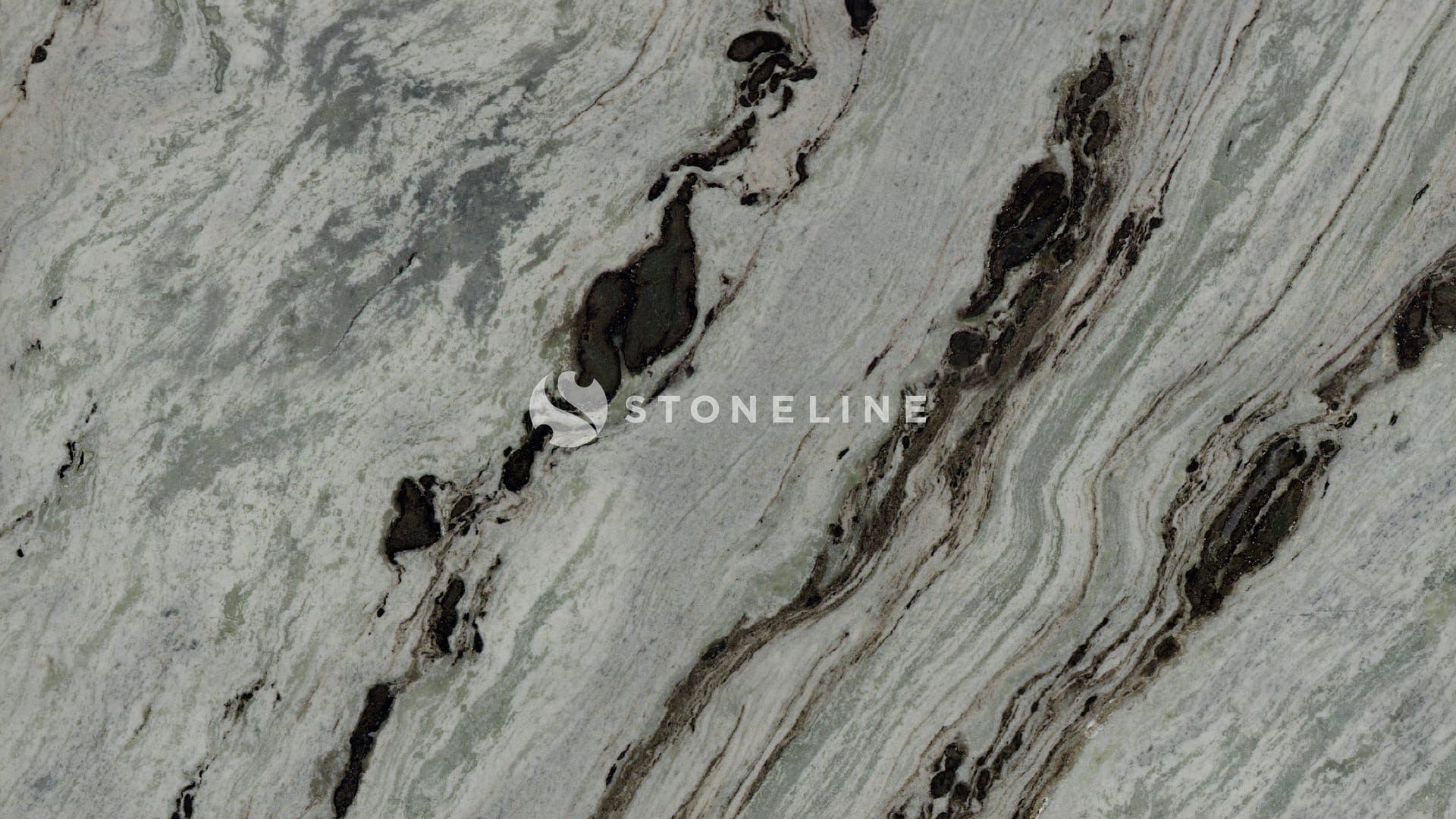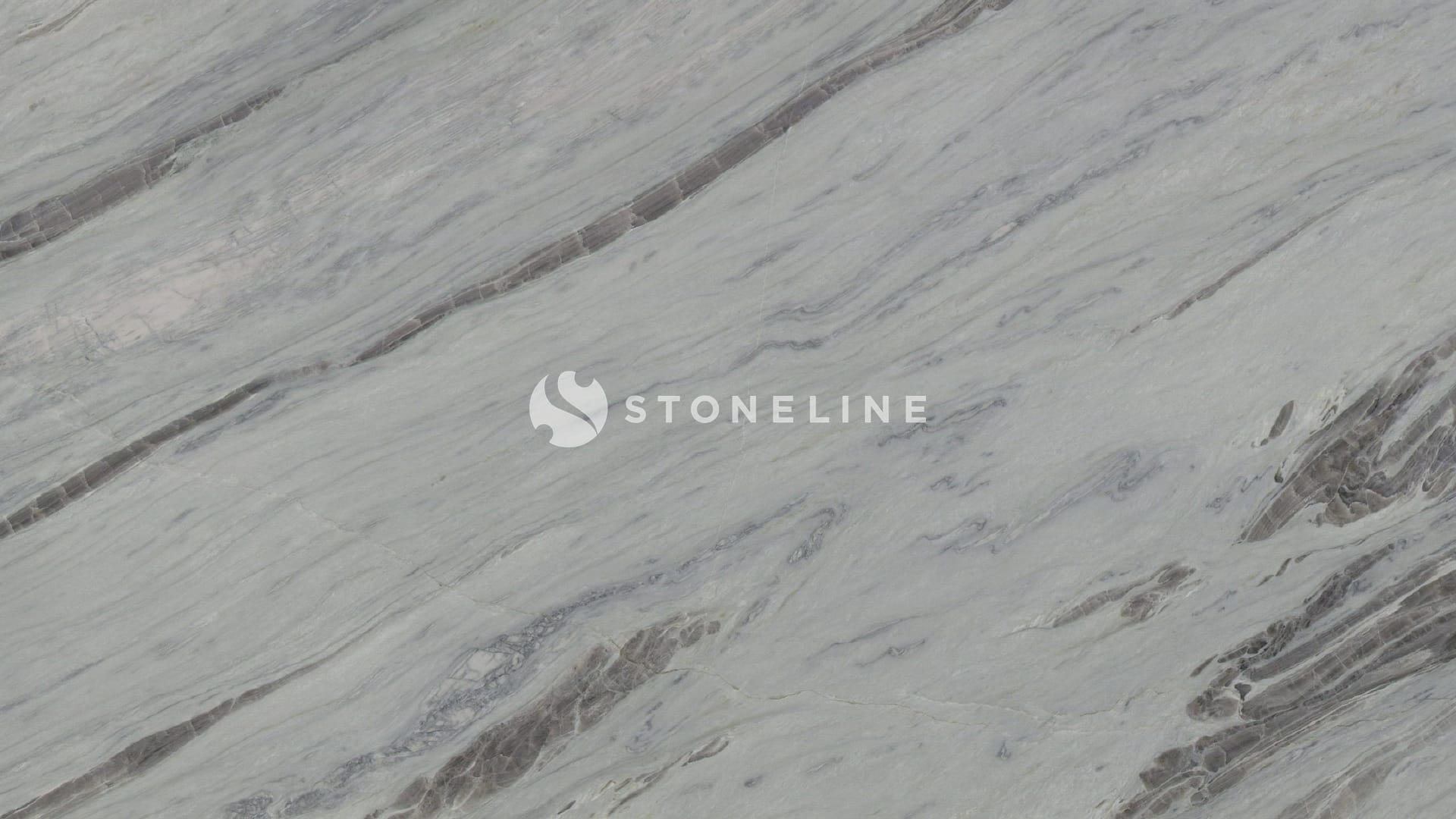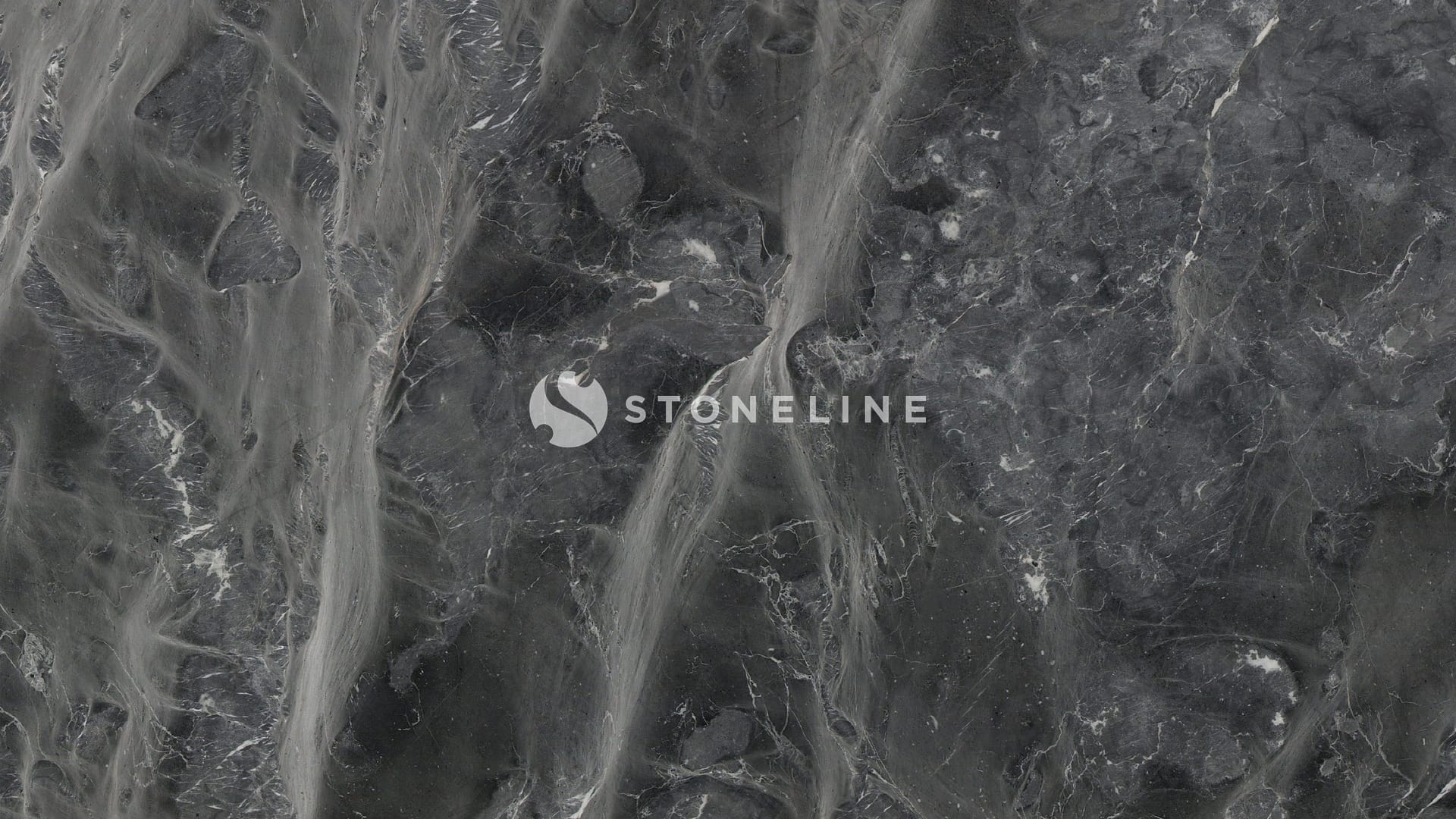
A Comprehensive Guide to Incorporating Marble into Your Next Project
A Brief Overview of Marble in Architecture
Marble has been a cornerstone of architectural design for centuries, prized for its timeless elegance and versatility. From the iconic Taj Mahal to the modern Louvre Abu Dhabi, marble has been used in some of the world’s most renowned structures. Its unique properties and aesthetic appeal make it a popular choice for designers and architects seeking to create stunning and lasting impressions.
Marble’s rich history in architecture dates back to ancient civilizations, where it was used to construct grand monuments and temples. The material’s durability and resistance to weathering made it an ideal choice for exterior applications, while its beauty and luxury appeal made it a staple in interior design.
Today, marble remains a sought-after material in architecture, with its global market size projected to reach $50.03 billion by 2028. With the right guidance, designers and architects can unlock the full potential of marble, creating breathtaking and functional spaces that stand the test of time.
Understanding the Varieties and Characteristics
Marble is a metamorphic rock formed from the transformation of limestone or dolomite under extreme heat and pressure. This process creates a unique chemical composition, primarily consisting of calcium carbonate (CaCO3), which gives marble its distinctive veining and patterns.
There are several types of marble, each with its unique characteristics and applications. Some of the most popular varieties include:
- Carrara: Known for its white or blue-gray background with feathery, linear veining, Carrara marble is a popular choice for interior design.
- Calacatta: Characterized by its thick, bold veining and white or gold background, Calacatta marble is often used in high-end architectural projects.
- Statuario: Featuring a striking white background with gold or gray veining, Statuario marble is prized for its luxurious appearance and durability.
When choosing a type of marble for a project, it’s essential to consider factors such as color, pattern, and durability. Each variety has its unique characteristics, and selecting the right one can make all the difference in achieving the desired aesthetic and functional goals.
Applications in Architecture
From Flooring to Facades
Marble is a versatile material that can be used in a wide range of architectural applications, from flooring and walls to countertops and facades. Its durability and resistance to weathering make it an ideal choice for exterior applications, while its beauty and luxury appeal make it a staple in interior design.
Some of the most popular marble applications in architecture include:
- Flooring: Marble flooring is a popular choice for high-traffic areas, such as entryways and hallways, due to its durability and ease of maintenance.
- Walls: Marble walls can add a touch of elegance to any room, and are often used in interior design to create a sense of luxury and sophistication.
- Countertops: Marble countertops are a popular choice for kitchens and bathrooms, due to their durability and resistance to heat and stains.
- Facades: Marble facades can add a touch of grandeur to any building, and are often used in exterior design to create a sense of drama and elegance.
Working with Marble’s Unique Properties
Marble’s unique properties, such as its veining and color variation, can be both a blessing and a curse in the design process. While these characteristics can add a touch of elegance and sophistication to a space, they can also create challenges in terms of consistency and uniformity.
To work effectively with marble’s unique properties, it’s essential to consider the following design considerations:
- Veining: Marble’s veining can be a beautiful and unique feature, but it can also create challenges in terms of consistency and uniformity. To minimize waste and maximize aesthetic appeal, it’s essential to consider the veining pattern when selecting and installing marble.
- Color variation: Marble’s color variation can be a beautiful and unique feature, but it can also create challenges in terms of consistency and uniformity. To minimize waste and maximize aesthetic appeal, it’s essential to consider the color variation when selecting and installing marble.
- Pattern: Marble’s pattern can be a beautiful and unique feature, but it can also create challenges in terms of consistency and uniformity. To minimize waste and maximize aesthetic appeal, it’s essential to consider the pattern when selecting and installing marble.
Installation and Maintenance
Best Practices for a Long-Lasting Marble Installation
Proper installation and maintenance are essential for a long-lasting marble installation. To ensure that your marble installation remains beautiful and functional for years to come, follow these best practices:
- Installation: Marble installation requires careful planning and execution to ensure a successful outcome. It’s essential to consider factors such as substrate preparation, adhesive selection, and grouting techniques to ensure a strong and durable bond.
- Maintenance: Marble maintenance is relatively easy, but it does require regular cleaning and sealing to preserve its beauty and durability. To keep your marble installation looking its best, follow a regular cleaning and maintenance schedule.
Unlocking the Full Potential in Architecture
Marble is a timeless and versatile material that can elevate any architectural project. With its unique properties and aesthetic appeal, marble can add a touch of elegance and sophistication to any space. By considering the design considerations, installation and maintenance best practices, and sustainability and cost considerations, designers and architects can unlock the full potential of marble and create breathtaking and functional spaces that stand the test of time.
Featured Marble Natural Stones






Using reclaimed marble, sourcing it locally, and adopting waste-reducing production processes make marble suitable for environmentally friendly projects.
Trends include combining different types of marble, using it in unconventional applications, and integrating it into sustainable design approaches.
With the integration of sound, light, and tactile elements, marble can be used in exhibitions, installations, workplaces, or homes to create interactive and sensory experiences.
Marble has been a prestigious material used in architectural and artistic structures from ancient times to today. From Greek and Roman temples to modern monuments, marble carries both aesthetic and symbolic meanings, and its durability has allowed these structures to survive to the present day.
Marble is a metamorphic rock formed through the metamorphism of limestone over millions of years under geological processes. It mainly consists of calcite (CaCO₃), and may also include dolomite and various color-imparting minerals. This transformation under high heat and pressure not only strengthens the rock physically but also creates its unique veining patterns.
Marble comes in various types based on its color, veining, physical and aesthetic properties. The most well-known varieties include Carrara, Calacatta, and Statuario, all of which feature a white base with fine or more pronounced veining.
Thanks to its aesthetic appearance, durability, and ease of processing, marble is commonly used in floor coverings, countertops, facades, columns, arches, and sculptures across various architectural and decorative applications.
Marble adds a luxurious and sophisticated ambiance to any space, offering visual richness through its unique patterns. Its durability, originality, and compatibility with different materials also make it a preferred choice.
To extend the life of marble surfaces, they should be cleaned with a soft cloth and pH-neutral cleaners. Avoid acidic, abrasive, or harsh chemicals. Periodic surface sealing helps protect against stains and liquid absorption.
Yes, marble can be used outdoors. However, it requires regular maintenance and surface treatment to withstand environmental conditions like sunlight, rain, and temperature fluctuations.
Marble is a metamorphic rock that is softer and easier to work with, whereas granite is an igneous rock that is harder and more resistant to scratching. The choice depends on aesthetic preferences, usage area, and durability needs.
Marble is extracted from quarries in blocks using special cutting techniques and machinery. These blocks are then cut into slabs and treated with different surface finishes according to preferences.
In such areas, the density, hardness, and slip resistance of marble should be considered, and maintenance and surface treatments should be professionally planned.
Yes. Marble surfaces can be dismantled and reused, and marble waste can be used as construction fill or for producing new products. This demonstrates marble’s value in a circular economy.
Yes, marble can be combined with materials like wood, metal, or glass to create contrast, texture diversity, and depth in designs, resulting in modern and unique spatial solutions.
Yes, marble is a durable and aesthetic choice for outdoor elements such as benches, walkways, and ornamental pools.
 Stoneline
Stoneline